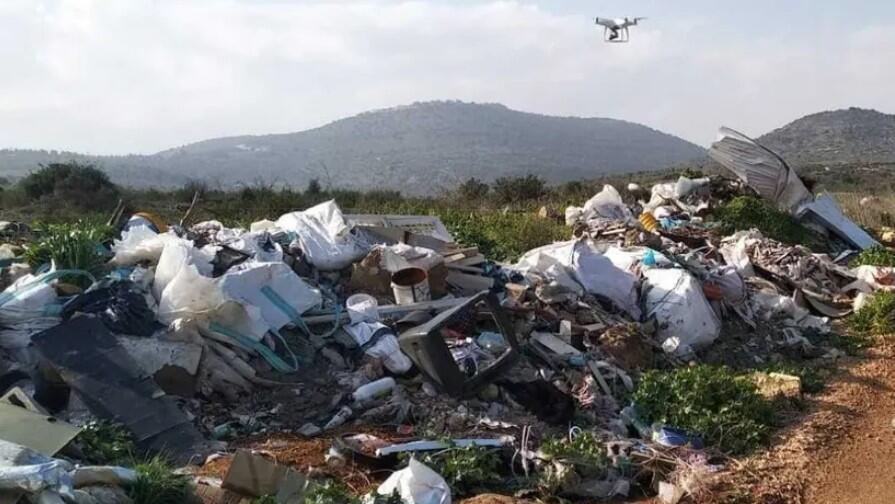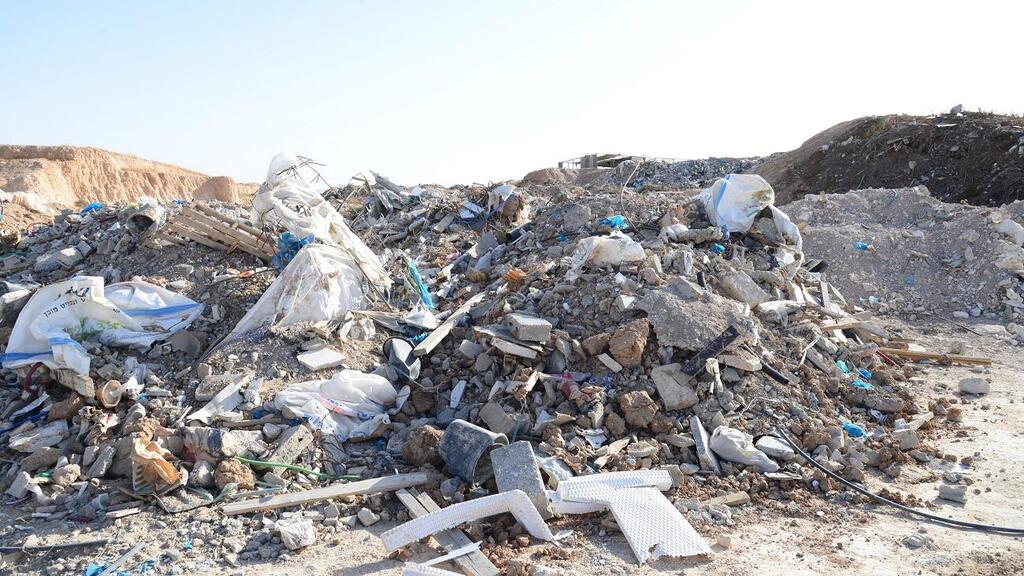Researchers at Tel Aviv University (TAU) said findings from a new study could save the Jewish state over $56.6 million with the help of drones mapping illegal construction waste dumps.
In the pilot study, researchers assessed the amount and content of construction waste dumped at unauthorized sites and found it was possible to recycle a significant part of the waste through aerial mapping and the use of environmentally-economic models.
Published in the international journal Remote Sensing and led by Dr. Vered Blass and doctoral student Adi Mager of TAU’s Porter School of Environment and Earth Sciences, the study included aerial mapping of four illegal waste dumps in northern Israel.
"By integrating existing aerial mapping technologies with economic-environmental models, we can promote recycling of illegal waste and save public funds,” said Dr. Blass.
“Instead of paying landfill fees and polluting the soil, the waste may be recycled at a lower cost while reducing environmental damage."
The researchers noted that the current situation poses a severe problem for local authorities, who cannot handle the scope of illegal dumping and are therefore compelled to remove and treat the environmental hazard at their own expense.
When an illegal dumpsite is identified, authorities take on the complex and expensive process of measuring, collecting, and transporting the waste to an authorized treatment facility before cleaning the contaminated soil.
"This study will provide local authorities with a better understanding of the quantities and qualities of waste, as well as the costs associated with the necessary cleanups," said Mager.
"Moreover, construction waste in open areas occupies valuable real estate. Mapping the area rapidly and efficiently will assist in evacuating the land and preparing it for future uses."



